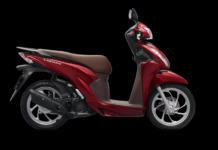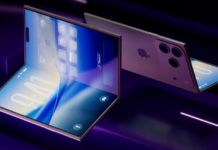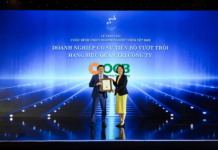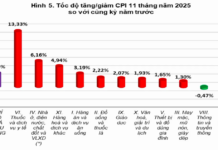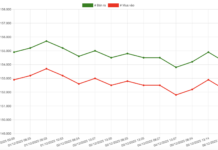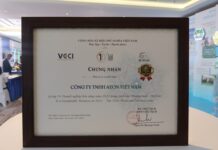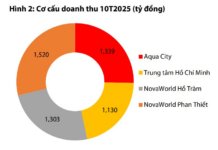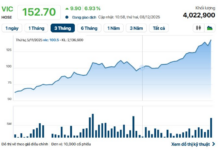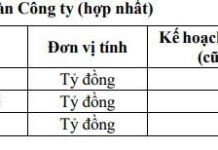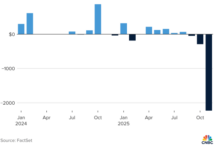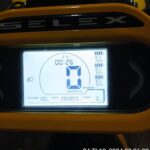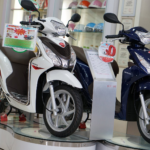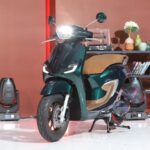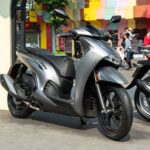Honda Vietnam has introduced two electric motorcycle models to the market: the ICON e: and the CUV e:. The ICON e: targets students, while the CUV e: caters to a wider range of users. According to the company’s website, the Honda CUV e: has a maximum range of 73 km per charge under internal testing conditions.
Recently, a Honda CUV e: user decided to test the bike’s range by riding it from a full 100% charge until it could no longer go any further. The results were surprising.
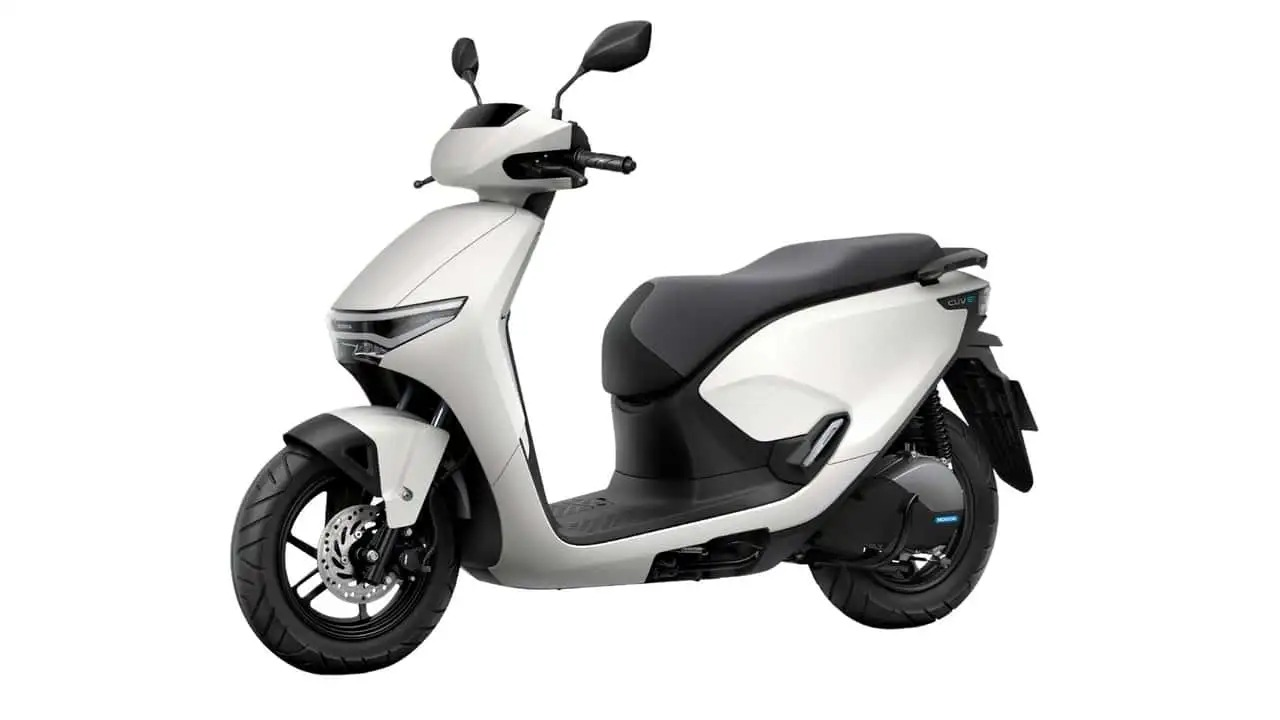
Honda CUV e: has been delivered to customers since mid-July.
According to a report on the MotoSaigon channel, this user charged the bike and let their family use it for about five days, covering a daily distance of 10 to 20 km. On the last day, they attempted to ride it until it could no longer move.
At the start of the test, the bike’s odometer read 221 km, and by the time it couldn’t go any further, it had reached 302 km. This means the bike traveled a total distance of approximately 81 km—exceeding the manufacturer’s claim by about 8 km.
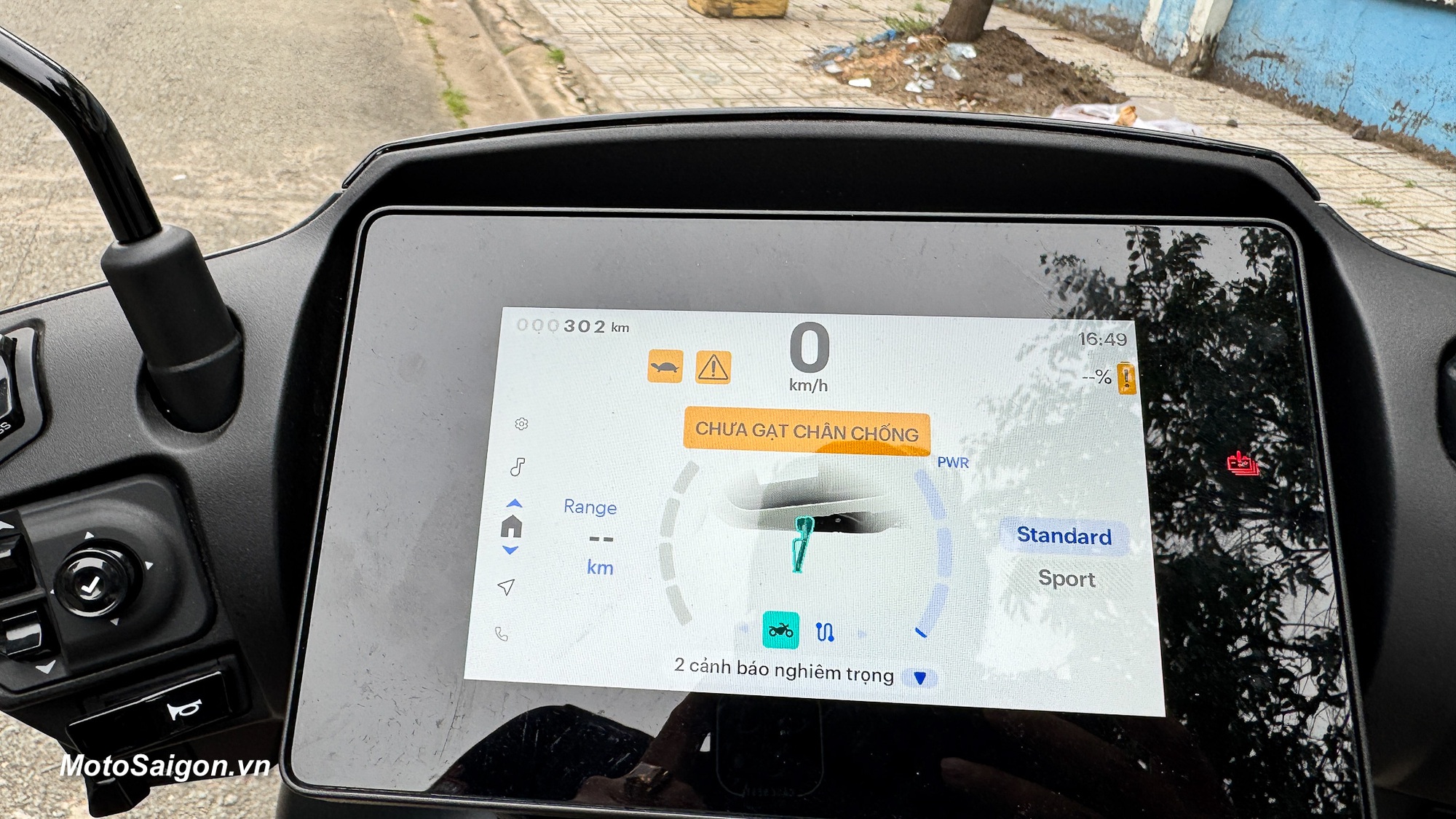
According to the MotoSaigon channel’s report, the Honda CUV e: traveled 81 km from a full charge to empty. Image: MotoSaigon
The user shared that they rode the bike under typical conditions, including both urban areas with speeds of 40-50 km/h and larger roads with higher speeds. They mostly used the Standard mode as it provided sufficient power, and they didn’t need to switch to Sport mode.
Another interesting observation was that even after the battery indicator reached 0%, the bike could still be ridden for… another 13 km before coming to a complete stop. This is likely due to the bike’s programming, which displays 0% before the battery is truly depleted to prevent users from being stranded due to inaccurate range estimation.
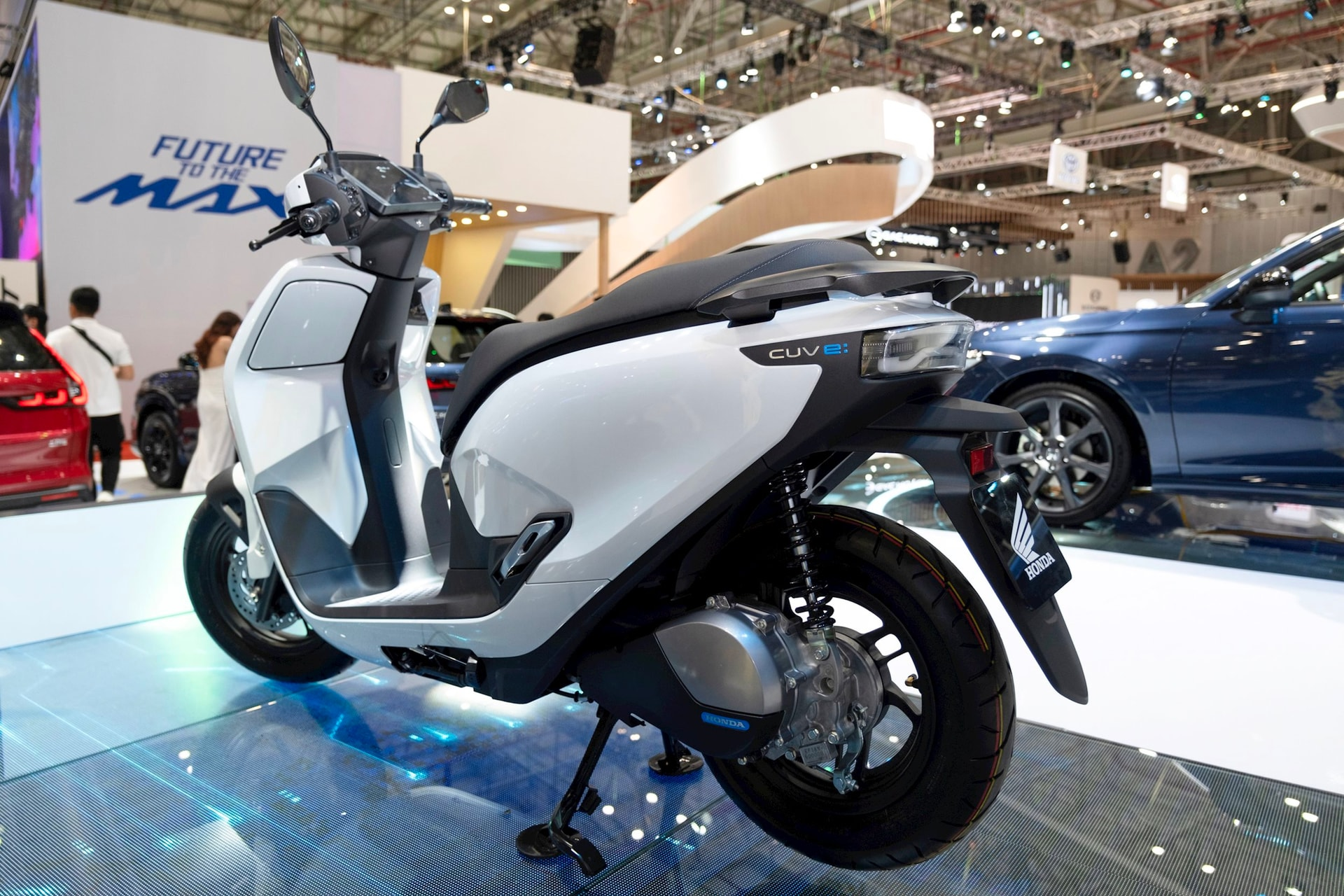
Honda states that the CUV e: can travel up to 73 km under internal testing conditions. Image: Huynh Duy
This is an important consideration for all electric vehicle users. Manufacturers recommend maintaining battery levels between 20% and 80% to ensure maximum longevity. In other words, it’s best to avoid completely discharging or fully charging the battery.
The maximum range of an electric vehicle is typically measured from a 100% charge to the point where the battery can no longer power the vehicle. In reality, users are encouraged to charge their vehicles as frequently as possible.
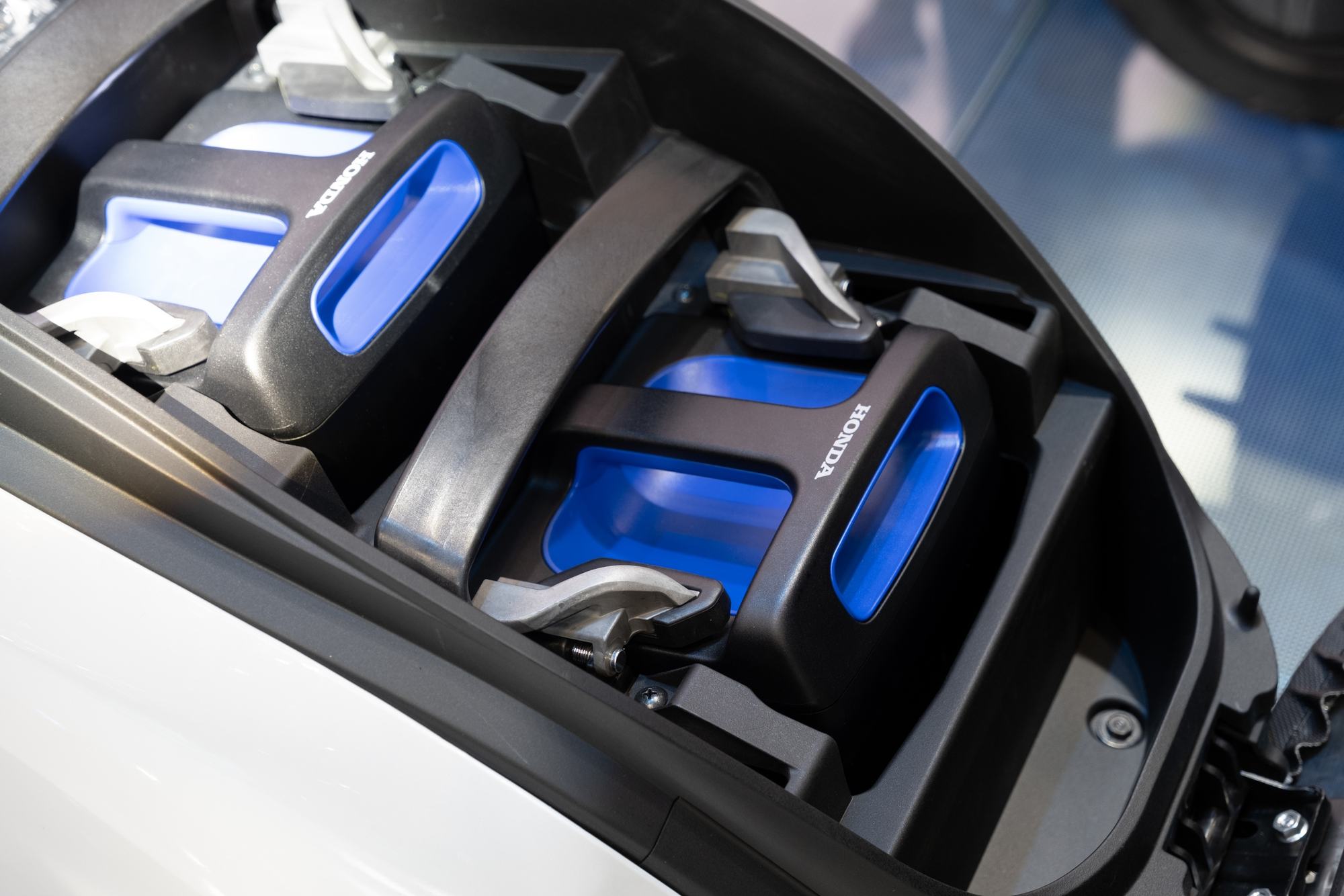
The Honda CUV e: uses two removable and externally chargeable Honda Mobile Power Pack e: (MPP) batteries. Image: Huynh Duy
The Honda CUV e: uses two Honda Mobile Power Pack e: (MPP) batteries, which can be removed and charged externally. Honda has also developed a battery swap system in select markets.
Honda Vietnam mentioned that users of their electric motorcycles can swap batteries at authorized dealerships (HEAD). Currently, this service is available at 19 HEAD locations, and users can swap batteries for free.
According to the information provided, it takes about six hours to charge the batteries from 0-100%. If Honda implements a battery swap system, consumers may feel more confident about using the bike as they won’t have to wait for charging.
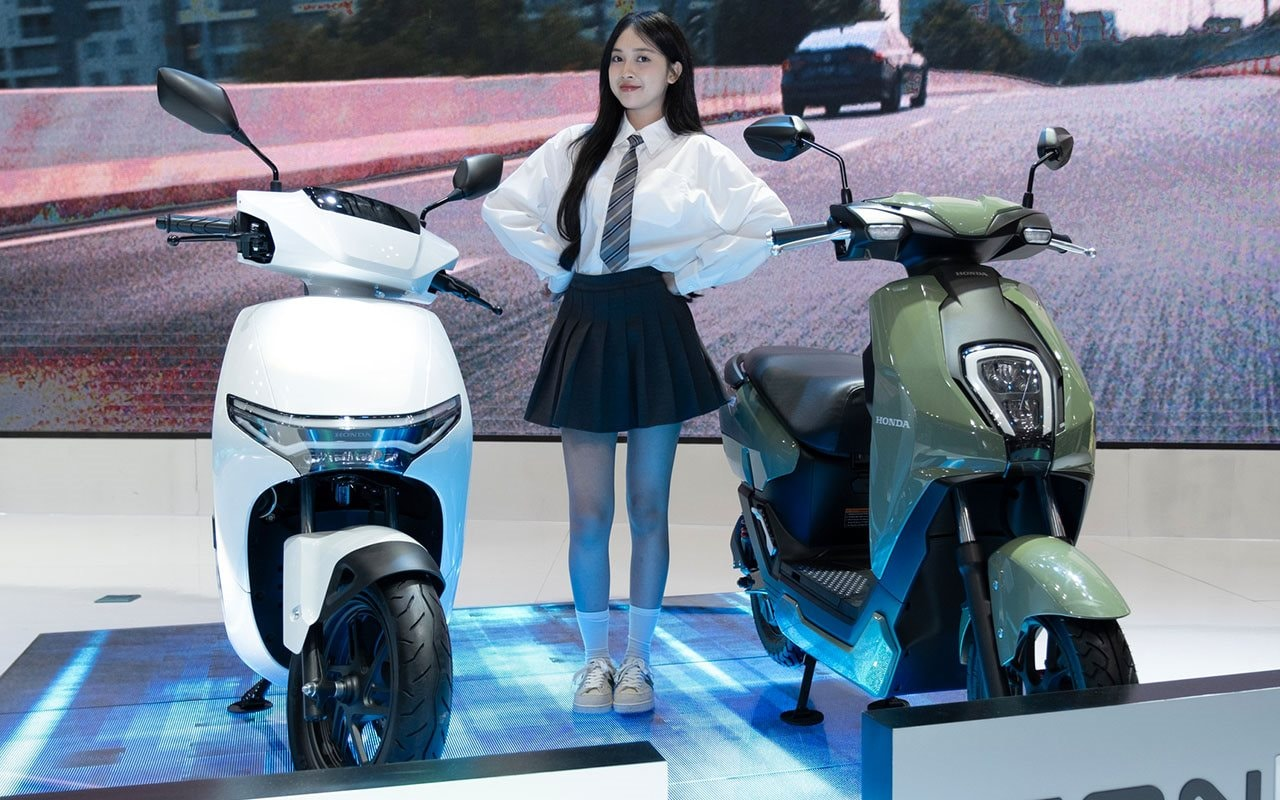
Honda Vietnam offers the CUV e: for lease at a rate of over 1.4 million VND per month, with a minimum lease period of six months. Image: Huynh Duy
However, it’s important to note that implementing a battery swap system also has some drawbacks for both consumers and the implementing entity.
For the implementing entity, maintaining a sufficient number of batteries to meet demand can be challenging, especially considering the high cost of each battery pack. This results in a significant investment for the entire battery swap system infrastructure.
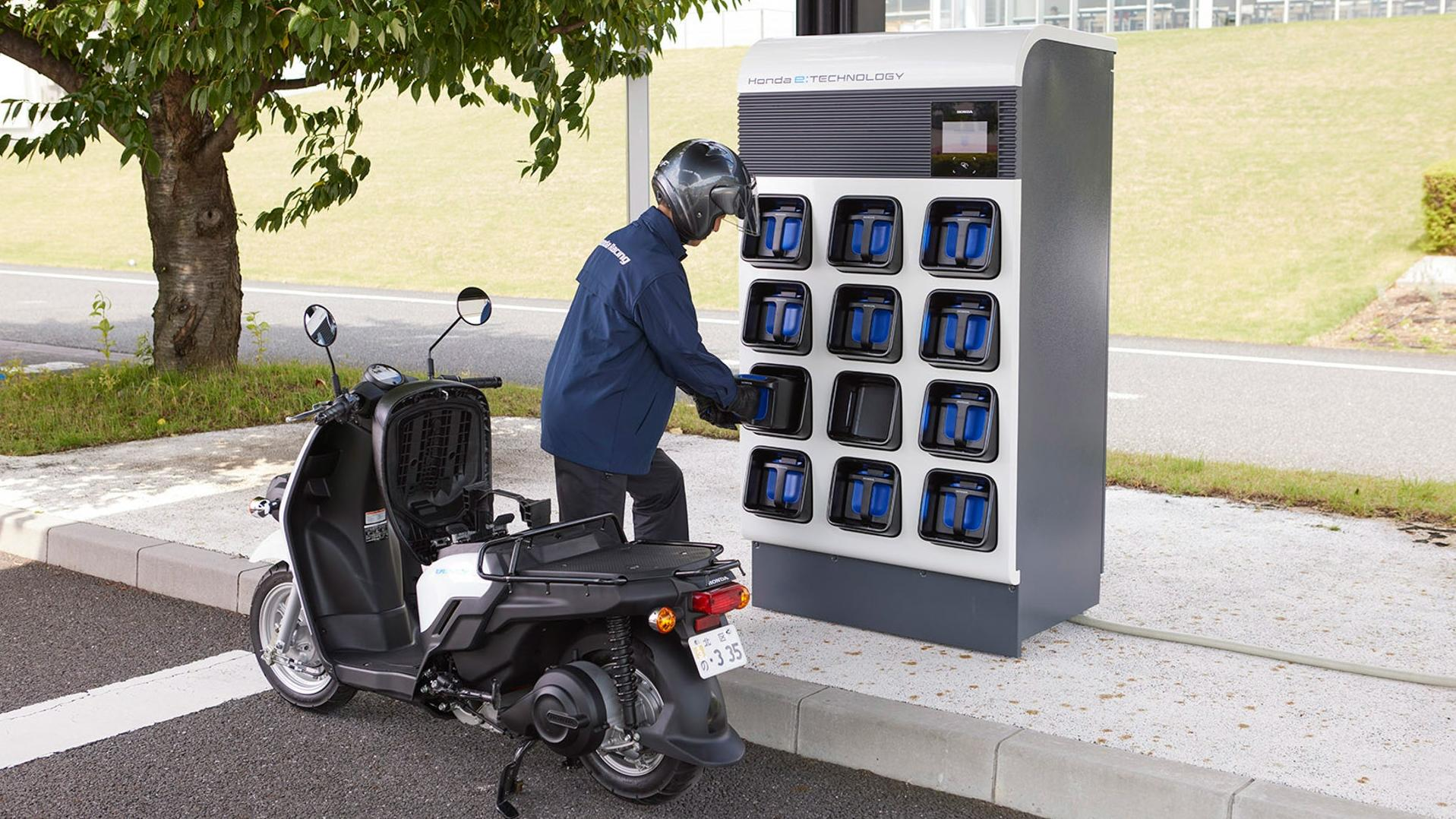
Honda’s battery swap station in Japan.
For consumers, one possible inconvenience is receiving a battery that is not in optimal condition after a swap. Assuming the entity will recall batteries when they can no longer charge/discharge below 70%, users will receive a battery with a charge/discharge capacity between 70% and 100% when they swap.
A situation encountered by users of NIO electric vehicles in China (a company that heavily promotes battery swapping) is receiving a battery with a charge/discharge capacity of just over 80% after swapping, which is lower than the original pack but not yet weak enough to be recalled.
The Electric Scooter Revolution: Unveiling the Secret Behind an Unbelievable BE Driver’s 500km Daily Commute
“I set off on an adventure, embarking on a journey that took me through the heart of Vietnam. Starting at the stroke of midnight, I left Di An for Thu Dau Mot, traversing the landscapes of Binh Duong. My path then led me to Cu Chi, a place of rich history, before I ventured further to Long Thanh in Dong Nai. But my exploration didn’t end there; I made my way back to the bustling city center and concluded my voyage in Thuan An, Binh Duong, feeling a sense of fulfillment as the sun set on another day in this beautiful country.”
The Ultimate Honda Experience: Revamped Offers on Vision, SH, and LEAD Scooters, with a Free Samsung Phone Deal!
Honda Vietnam has just launched an exciting promotional program, offering incredible discounts of up to 5 million VND on selected motorcycle models. This is an unmissable opportunity for customers seeking exceptional value and the renowned quality that Honda delivers. With these amazing deals, now is the perfect time to upgrade your ride and experience the ultimate in two-wheeled freedom and performance.
The All-New Honda SH 350i 2025: Refined Design and Enhanced Features That Everyone Will Love
The Honda SH 350i 2025 is an elegant, refined upgrade to the flagship scooter from the renowned Japanese brand. With a sleek design and powerful performance, it promises an unparalleled riding experience. This updated model builds upon the success of its predecessor, offering enhanced features and an even more luxurious ride. The SH 350i is a true testament to Honda’s commitment to innovation and style, solidifying its position as a leader in the scooter market.

